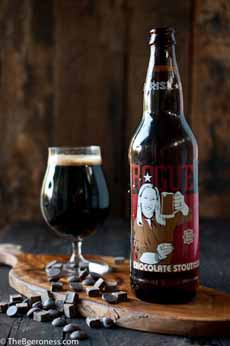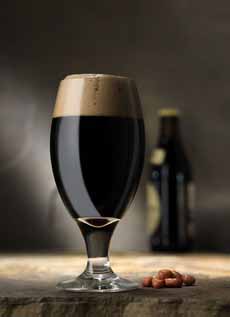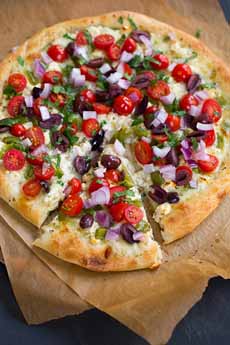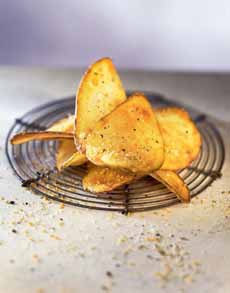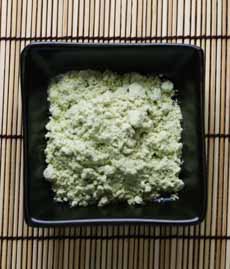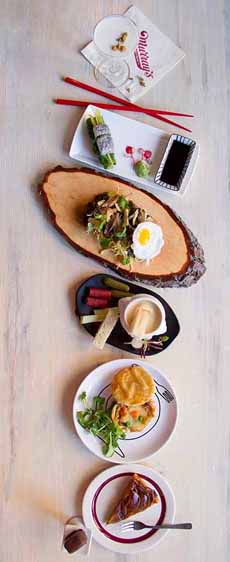

[4] The Sansaire sous vide machine cooks in your own pot. [5] Scrappy’s artisan bitters for cocktails and mocktails (photos courtesy their respective brands).
|
|
SANSAIRE SOUS VIDE
You don’t have to be a gourmet cook to love sous vide cooking, an easy way to prepare everyday recipes as well as fancy ones. The sous vide technique was developed in France to easily cook fine meals on trains, many portions at a time. Sous vide guarantees, for example, that a steak or piece of fish will turn out exactly as the client wishes. The quality of the food it produced attracted fine French chefs and caterers.
Sous vide machines quickly appeared in some of the world’s best restaurants. And now, you can have one at home.
The benefit of Sansaire is that it cooks food in the pots you already have; it’s not a bulky countertop machine. Its in the $168 range. Here’s more information.
SCRAPPY’S: COCKTAIL BITTERS SET
Bitters can add interest to simple drinks like a vodka tonic or balance the sour and sweet flavors of sours and fizzes.
They’re essential ingredients in cocktails such as the Manhattan, Negroni, Rob Roy, Rum Sizzle, Sazerac and Singapore Sling. But modern mixologists have been using new varieties of artisan cocktails to create new flavors in their drinks.
Bitters are non-alcoholic essences extracted from aromatic barks, flowers, fruits, herbs and root. For most of their existence, they have been made for botanicals known for their medicinal properties (that long before alcohol was a leisure drink, it was used as medicine).
With the boom in artisan bitters over the last 20 years, they are now being made in flavors that have no root in homeopathy, but give great flavor accents to cocktails:
Aztec chocolate, black walnut, blood orange, cardamom, celery, cherry, chocolate, cranberry, cucumber, fig and cinnamon, grapefruit, habanero, lavender, lemon, mint, peach, rhubarb and others.
|
Whether you’re making a dry Martini or a Cosmopolitan, a splash of bitters provides a note of sophistication.
For mocktails, add them to club soda.
And try the latest use for bitters: add them to coffee, hot and iced.
The eight-flavor set shown, from Scrappy’s Bitters, is $38.99 for eight flavors.
For a set of 12 flavors from Fee Brothers is $99.90.
Individual bottles can be purchased in the $8-$13 range.
|
